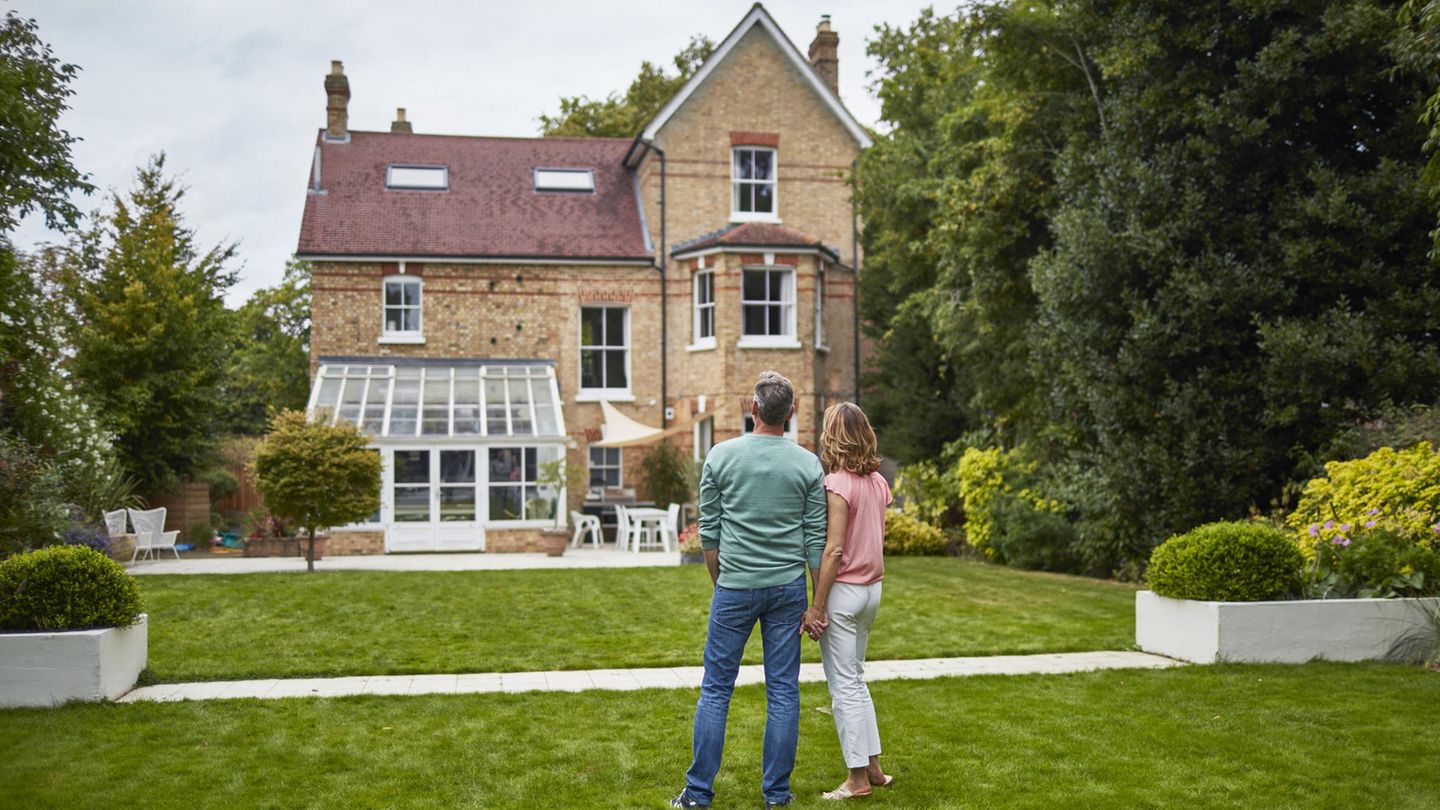Real estate prices have anything but collapsed in the corona pandemic. An analysis shows how the market has changed in the past year – and how things are now going with purchase prices.
The real estate boom in Germany is currently so strong that even a pandemic cannot stop it. Despite lockdowns and other restrictions, the market for apartments and houses continued to grow vigorously in 2020 – and will continue to do so this year. This is shown by an analysis by the Hamburg Gewos Institute for Urban, Regional and Housing Research, which has evaluated land purchase agreements for all urban and rural districts.
Accordingly, sales of residential real estate in the Corona year 2020 rose by 7.7 percent to 221 billion euros – even though the number of sales only increased by 0.7 percent compared to 2019 to 733,400 purchase cases. “Despite initial uncertainty among buyers and sellers as well as temporary restrictions on visits and notary appointments, especially at the time of the first wave of infections, the money turnover in the German real estate market reached a new all-time high in 2020,” says Gewos expert Sebastian Wunsch.
Always new record prices
Prices are also rising to ever new heights: according to the 2020 evaluation, private homes were 10.8 percent more expensive and condominiums by 7.2 percent. These are “the strongest price increases since our records began in the 1980s,” says Wunsch.
And it goes on in the same way: For the current year Gewos expects a sales increase of 7.5 percent with 1.4 percent more purchases in residential real estate. The data available so far showed that “the upward trend in prices is continuing – for condominiums with a slight upward trend, for own homes with a slightly downward trend,” said Wunsch.
The Gewos figures coincide with the results of a study published this week by the University of Regensburg on behalf of the Hans Böckler Foundation. As a result, real estate prices in the corona pandemic have even risen faster than they would have been without. One reason is that households that have given up expensive vacation trips and other expenses have more money to spend on property purchases. In addition, increased building prices made real estate more expensive due to a lack of manpower and materials.
The main reason for the rising prices are and will remain the low interest rates and the associated lack of investment alternatives even after Corona. In addition, Gewos points out that as the Corona crisis subsides, the slowed-down immigration to Germany is likely to pick up again, so that the demand for living space will tend to increase.
Trend towards the bacon belt
The real estate market analysis by Gewos also shows a clear trend towards the bacon belt. Affordable properties directly in the city have become rare, so that in 2020 fewer people in urban districts bought their own homes or apartments than in the previous year. In contrast, the number of single and two-family house purchases rose significantly in the area surrounding the metropolises of Berlin, Hamburg, Munich, Cologne and Frankfurt. “For several years now, people have been increasingly drawn from the core cities to the suburbs. This tendency now seems to be strengthening in the light of the pandemic experiences, after all, the desire for more space and living in the countryside in the surrounding area is easier to realize,” says Gewos -Expert request.
The number of purchases in the surrounding areas of the top 5 cities rose by 3.6 percent, and money sales by as much as 16 percent, which also indicates a significant rise in prices. Nevertheless, the price differences between the suburbs and the city center are still considerable. A home of one’s own in the surrounding areas of the top 5 cities in 2020 cost around 41 percent less than in the city itself, reports Gewos.
Even real country life far from the city seems to be experiencing a small renaissance. Because even in the particularly sparsely populated districts with fewer than 100 inhabitants per square kilometer, Gewos has recorded an above-average demand for single and two-family houses. These extremely rural areas make up a quarter of all German districts.
Jane Stock is a technology author, who has written for 24 Hours World. She writes about the latest in technology news and trends, and is always on the lookout for new and innovative ways to improve his audience’s experience.




